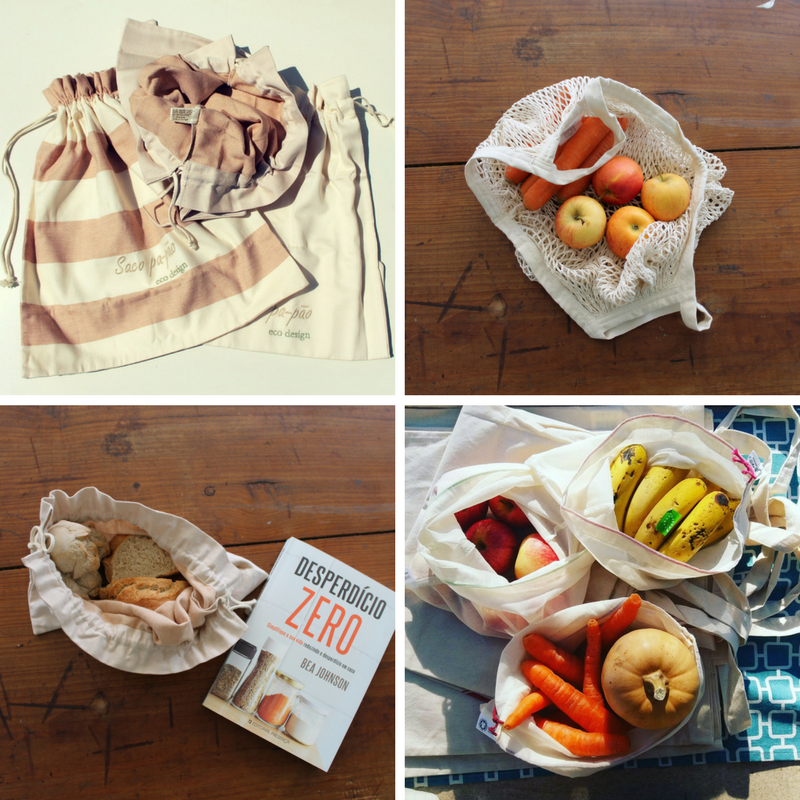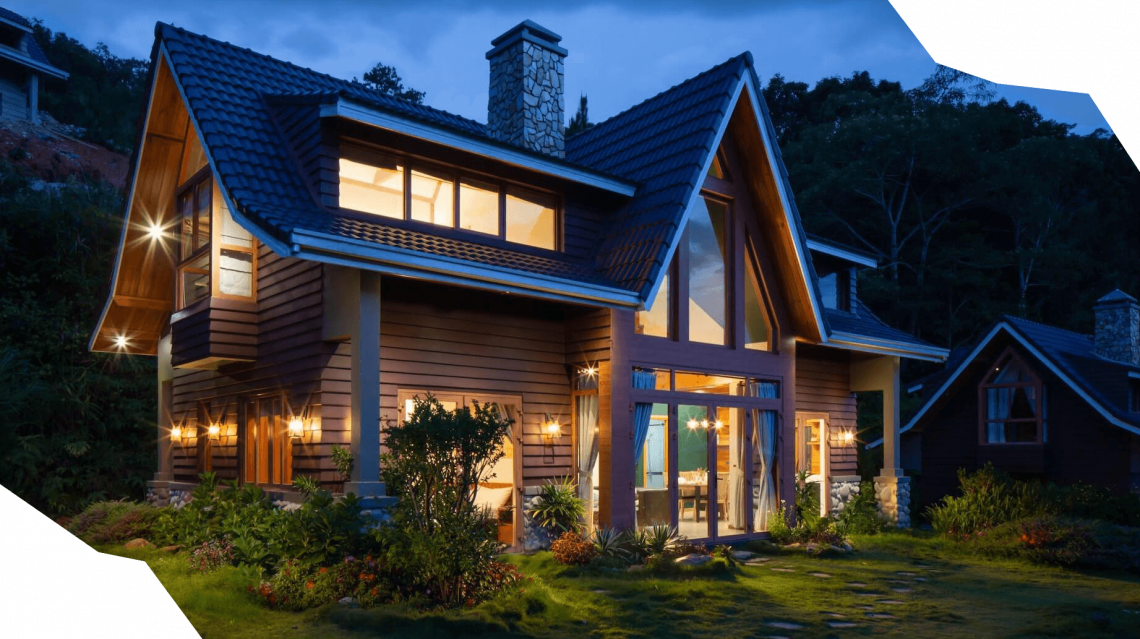
Beginner’s Guide to Amateur Sustainable Home Improvement
Embarking on a journey towards a more sustainable lifestyle starts with the spaces we inhabit. Unlike porn where sometimes even sexe amateur feels scripted and hard, sustainable home improvement is not an exclusive domain for experts; everyone can play a pivotal role in creating an eco-friendly living environment. In this comprehensive beginner’s guide, we will delve into detailed strategies for amateur sustainable home improvement, covering areas such as energy efficiency, water conservation, and creative upcycling projects. Let’s embark on a holistic exploration of how small changes can lead to a more environmentally conscious and energy-efficient living space.
Illuminating Efficiency

When it comes to sustainable home improvement, lighting is an excellent starting point. Traditional incandescent bulbs are energy hogs. By replacing them with energy-efficient LED or CFL bulbs, you not only illuminate your space more efficiently but also contribute to long-term cost savings and a reduced environmental impact. LED and CFL bulbs have a longer lifespan and use significantly less energy, making them a practical and eco-friendly choice for every corner of your home.
Opting for energy-efficient lighting also opens the door to various designs and color temperatures, allowing you to create a comfortable and aesthetically pleasing ambiance. Dive into the details of energy-efficient lighting and discover the multitude of options available to make your home brighter and greener.
The Magic of Smart Thermostats
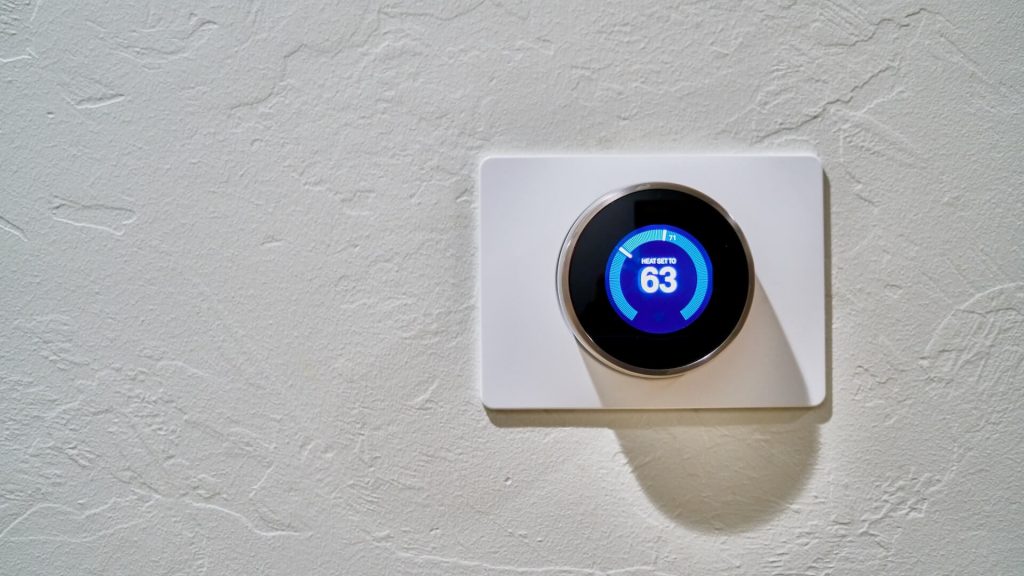
Regulating your home’s temperature efficiently is crucial for sustainable living. Smart thermostats are not just gadgets for tech enthusiasts; they are powerful tools that optimize your home’s heating and cooling systems. By installing a smart thermostat, you gain control over your home’s temperature remotely, allowing you to create personalized schedules that align with your lifestyle. This optimization results in energy savings and lower utility bills.
Explore the features of smart thermostats, from learning algorithms that adapt to your preferences to integration with other smart home devices. Learn how these devices can provide real-time insights into your energy consumption and empower you to make informed decisions for a more comfortable, energy-efficient home.
Rain Barrels for Water Conservation
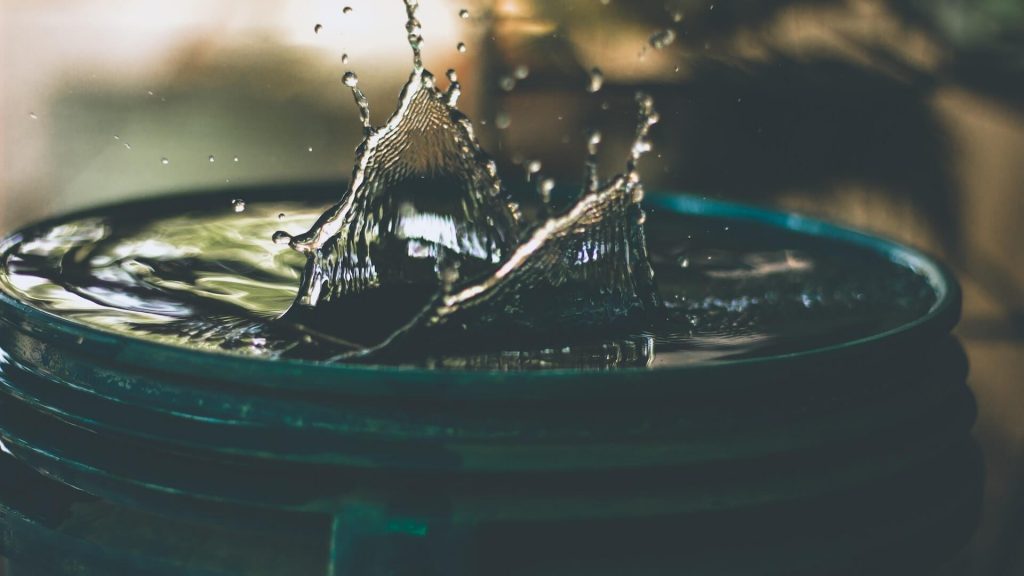
Water conservation is a critical aspect of sustainable living, and rain barrels offer a straightforward yet impactful solution. By collecting rainwater from your roof, you create a sustainable source for watering plants and gardens. This not only reduces your reliance on treated water but also helps conserve this precious resource.
Dive into the specifics of rain barrel installation, from choosing the right size to proper placement and maintenance. Learn about the various uses for harvested rainwater, from nurturing your garden to cleaning outdoor spaces. By incorporating rain barrels into your sustainable home improvement efforts, you actively contribute to both environmental conservation and reduced water bills.
DIY Sun-Powered Ventures
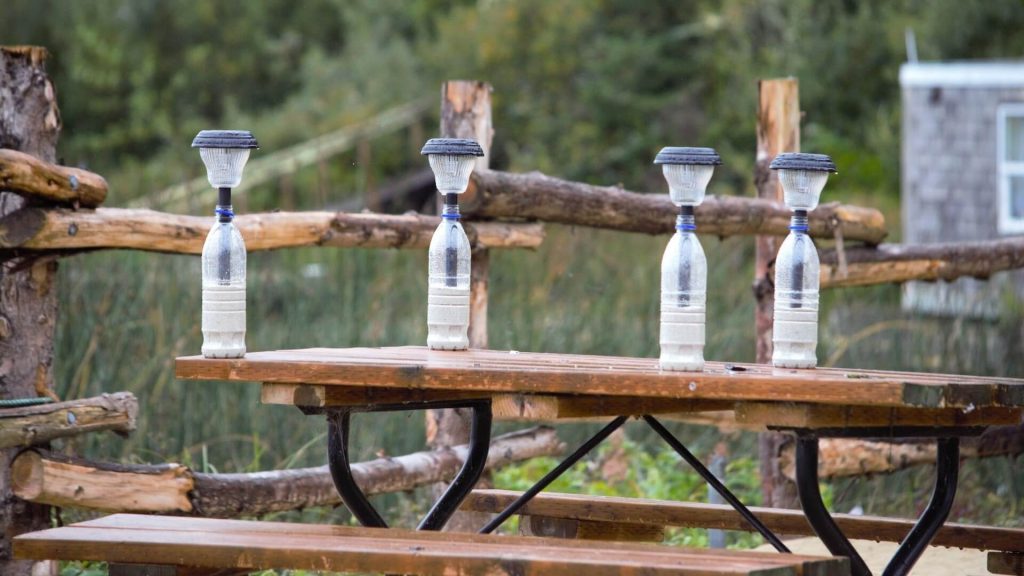
Harnessing the power of the sun for your home doesn’t require advanced technical knowledge. DIY solar projects, such as solar-powered outdoor lights or a solar water heater, are accessible for amateurs and contribute to energy savings. Delve into the details of solar-powered lighting, understanding the different types of solar lights and their installation requirements.
Explore the world of solar water heaters, from simple designs to more complex installations. Understand the potential savings and environmental benefits of incorporating solar projects into your home. By embracing solar power, you not only reduce your carbon footprint but also gain firsthand experience in renewable energy solutions.
Crafting Eco-Friendly Spaces
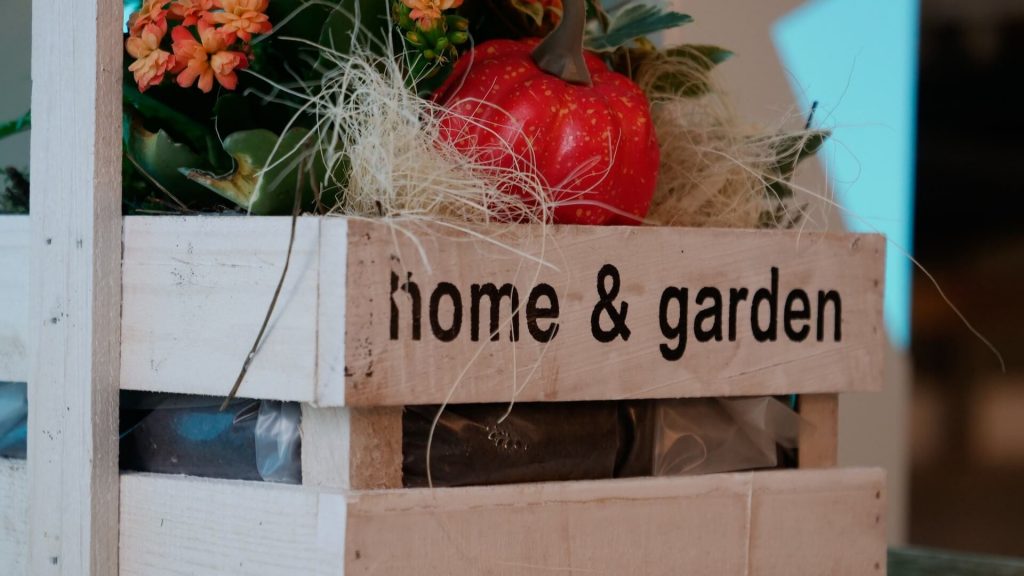
Sustainable home improvement extends beyond energy and water conservation; it encompasses the choices we make in furnishing our living spaces. Upcycling and repurposing old items offer a creative and eco-friendly approach to decorating your home. Instead of buying new furniture or decor, consider breathing new life into existing items. This not only reduces waste but also adds a unique and personalized touch to your home.
Explore the world of upcycling, from transforming old furniture to repurposing everyday items for new functionalities. Learn about eco-friendly paints and finishes that contribute to a healthier indoor environment. By embracing upcycling and repurposing, you not only express your creativity but also actively participate in the circular economy, contributing to a more sustainable future.
Native Plants and Xeriscaping
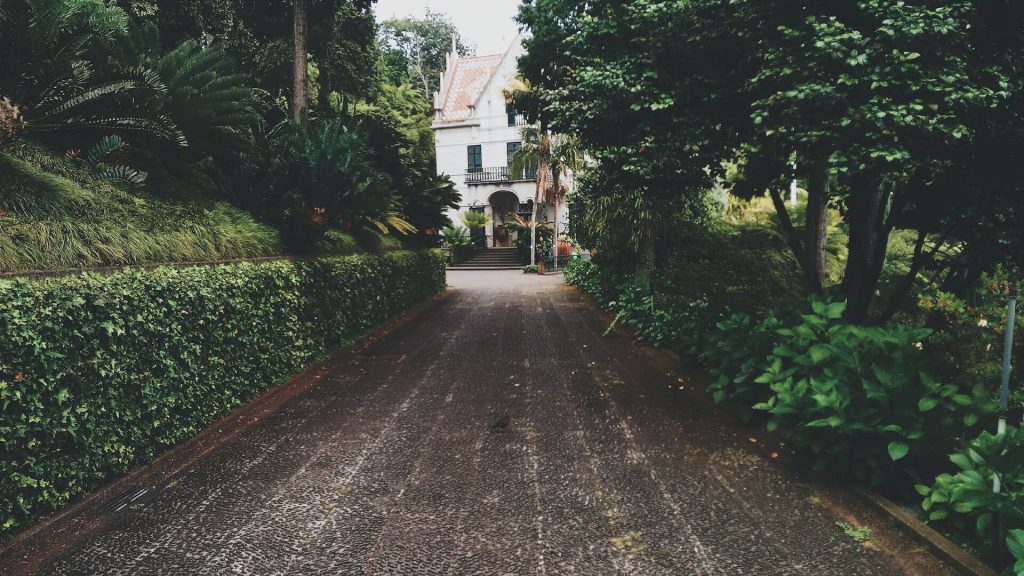
The outdoor space around your home offers vast potential for sustainable practices. Landscaping with native plants and adopting xeriscaping, a water-efficient landscaping technique, can significantly reduce water usage. Beyond conserving water, these practices contribute to the biodiversity of your surroundings.
Dive into the specifics of native plant selection, understanding the benefits they bring in terms of resilience, habitat support, and reduced maintenance. Explore the principles of xeriscaping, from soil improvement to efficient irrigation methods. By incorporating native plants and xeriscaping into your sustainable home improvement journey, you create a green oasis that aligns with nature while conserving water resources.
Conclusion
In this comprehensive beginner’s guide to amateur sustainable home improvement, we’ve delved into the intricacies of energy-efficient lighting, smart thermostats, rainwater harvesting, DIY solar projects, upcycling, and xeriscaping. Each of these aspects contributes to a more sustainable and environmentally conscious living space.
As you embark on your sustainable home improvement journey, remember that every effort counts. Small changes add up, and the collective impact of individual actions can drive positive change on a larger scale. Whether you’re swapping out light bulbs, installing rain barrels, or upcycling furniture, each decision moves us toward a more sustainable way of living.
Let this guide be your companion as you cultivate sustainability, one step at a time, and transform your home into a haven that harmonizes with the planet. With detailed insights into each aspect, you have the knowledge to make informed choices and create a living space that not only reflects your style but also aligns with your commitment to a greener future.
You May Also Like

Everyday Habits To Become More Eco-friendly
September 21, 2022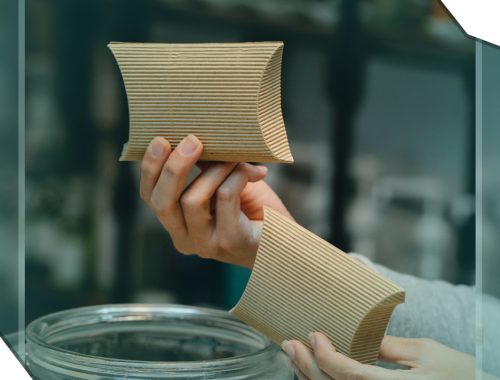
Here’s How You Can Make Your Packaging Eco-friendly
September 21, 2022